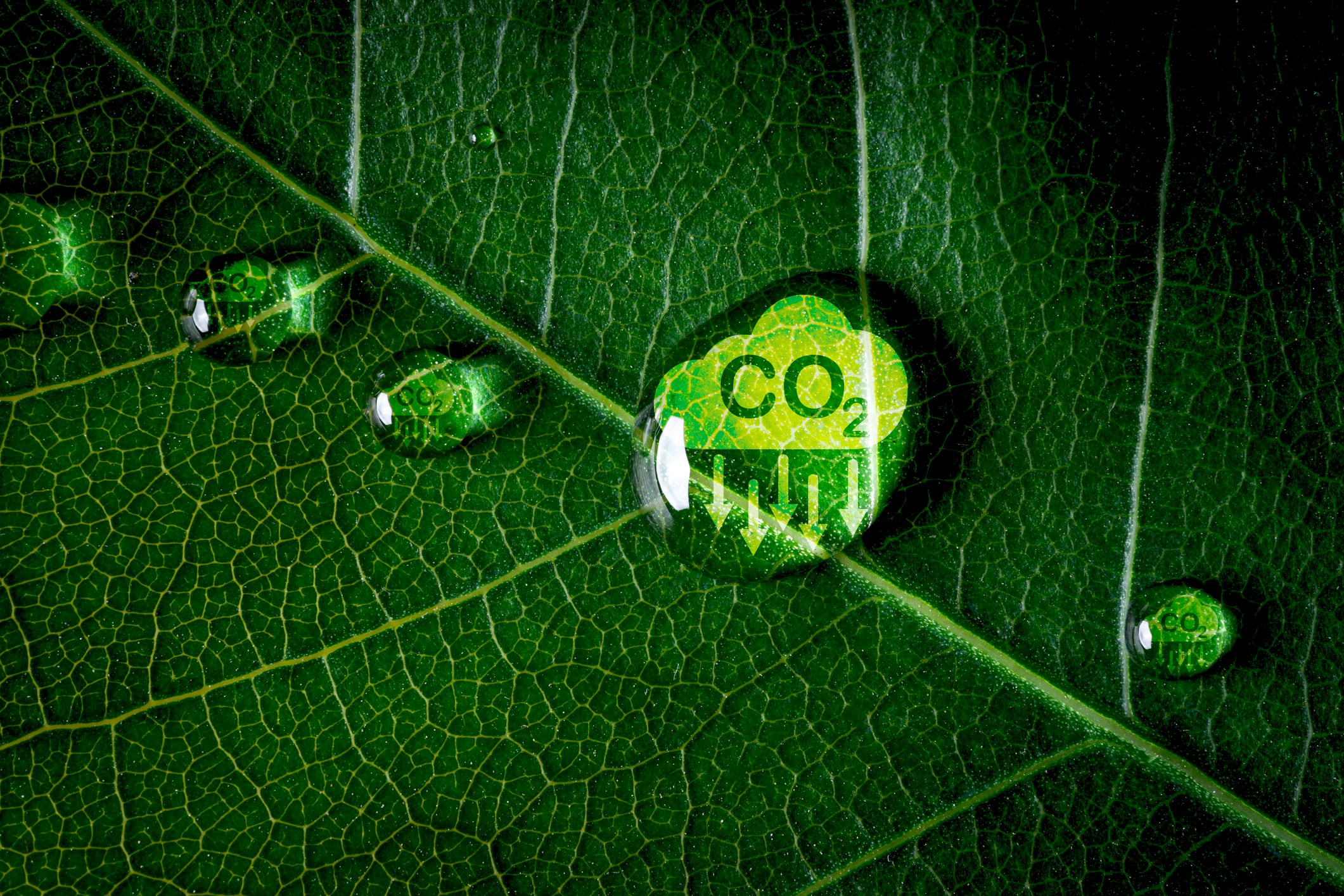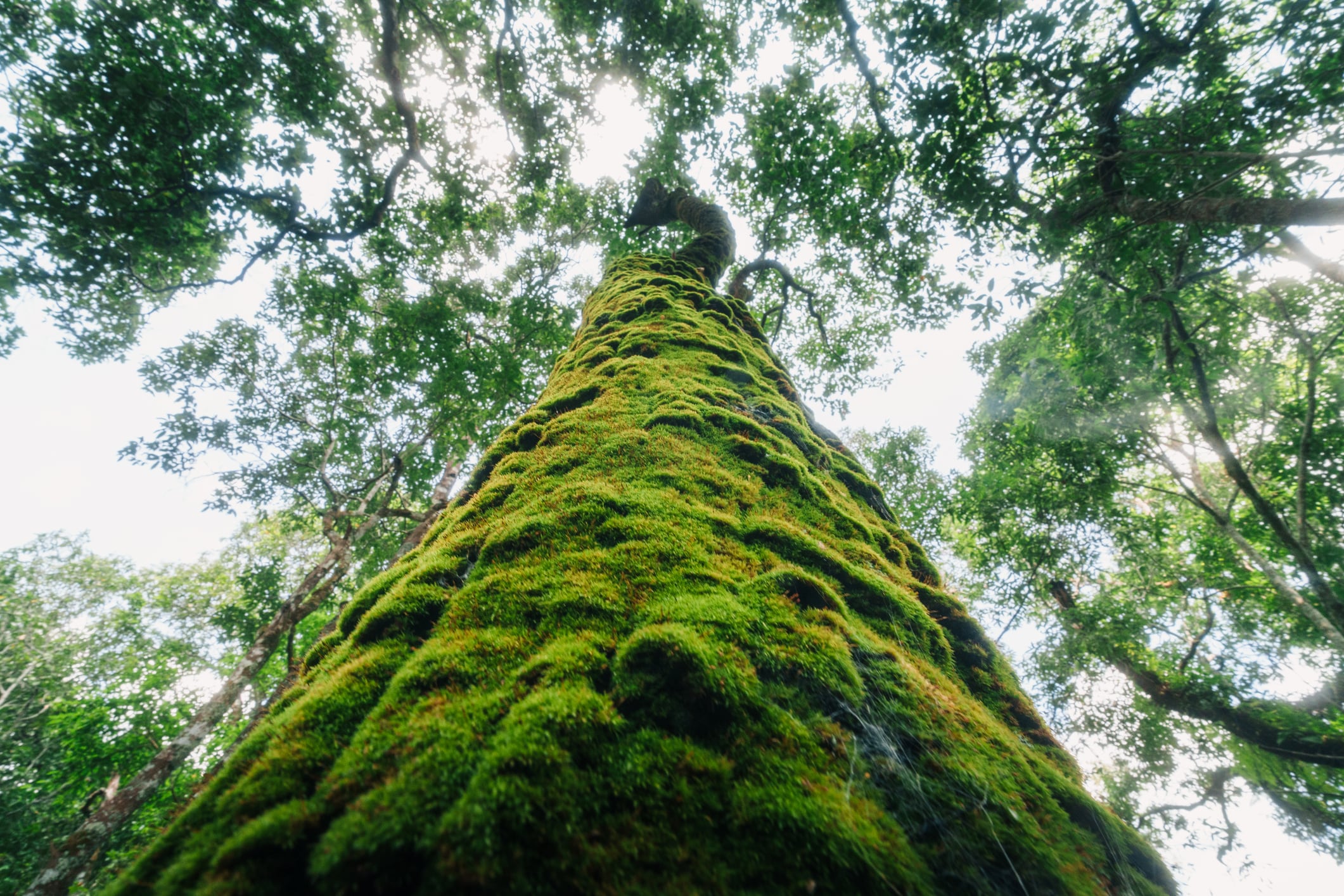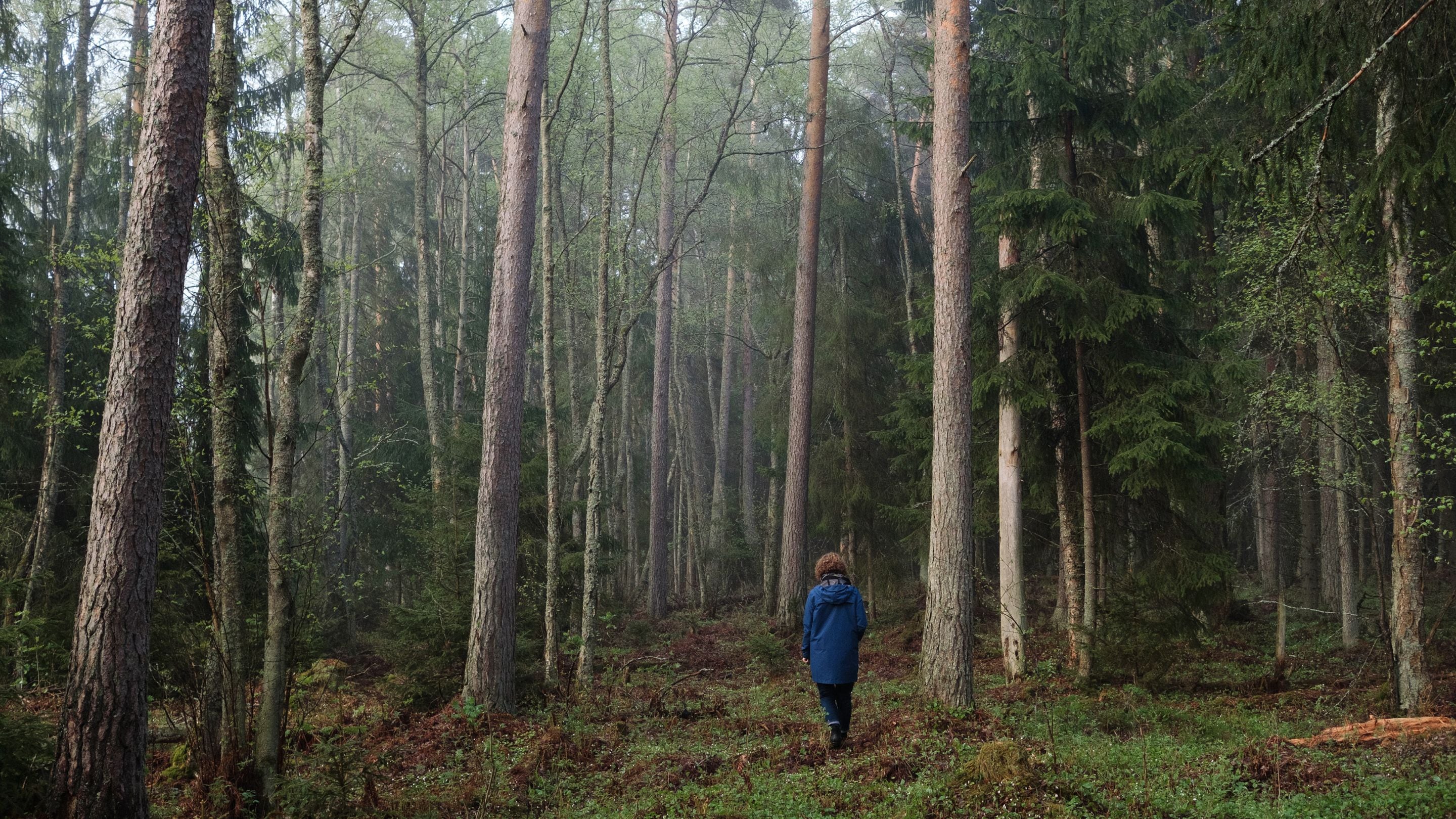Vietnam’s agriculture sector, with nearly 10 million hectares of farmland, holds vast untapped potential to generate carbon credits, offering a new revenue stream and driving a “a green transition for millions of Vietnamese farmers and agribusinesses”.
According to the Vietnam’s Ministry of Agriculture and Environment (MAE) shifting to low-emission production could allow Vietnamese farm products to penetrate high-value markets in the European Union, Japan, and North America, commanding 10% to 25% price premiums over conventional goods.
However, in a report recently published on MAE’s website, there are significant barriers that remain.
Firstly, without a clear, established, and legally recognised system, Vietnamese credits will not be able to meet international standards and command premium prices.
“Vietnam lacks a precise carbon credit export mechanism. While companies can trade voluntary credits domestically, selling into international markets – where demand and prices are higher – is hampered by the absence of a recognised legal framework and an internationally accredited measurement, reporting and verification (MRV) system,” said the report.
An internationally recognised MRV system is considered a prerequisite for Vietnam-issued credits to enter global trading market.
Need for government action
Without a proper legal framework, many businesses describe exporting credits abroad as an “unsolved challenge”.
Vietnamese company Lam Son Sugar has called on the government to “finalise a transparent voluntary carbon market mechanism aligned with supply-demand dynamics and international norms.”
It has also recommended financial incentives and preferential biomass electricity tariffs for bagasse power generation to encourage green technology investment and secure a stable credit supply.
Lam Son Sugar considers itself a “pioneer” in Vietnam’s fledging carbon credit market.
It has developed over 500-hactares to an organic, low-emission sugarcane farming model
Near the start of this year, the company has partnered with international organisations to launch carbon credit projects.
Now it is seeking global certification for its farming practices so it can sell carbon credits that would directly benefit farmers in its supply chain.
The company noted that developing a model that could meet international standards would require at least a year of trials.
It believes that if the MAE issues standardised production protocols for each crop, it would cut preparation time and enhance the credibility of emissions-reduction calculations.
Vietnam’s green goals
Vietnam sees reducing agricultural emissions as an urgent requirement to enhance its competitiveness.
MAE’s goal is to develop 15 ecological zone models nationwide by 2035.
Some provinces and cities have joined its Low-Emission Crop Production Program for 2025–2035, such as Cần Thơ and Hải Phòng, which have adopted measures such as using rice straw for winter crops and shifting to low-emission rice varieties.
However, MAE noted that many still lack data, hands-on experience, and pilot models to replicate.
Businesses have given feedback asking for a clear roadmap from MAE.
“The Ministry’s targets should be backed by a concrete roadmap and precise financial mechanisms, particularly for agricultural extension services and cooperatives. Ultimately, the key to promoting low-emission farming is to make the economic benefits compelling. When farmers see a clear path to higher income, they will be eager to participate.”





